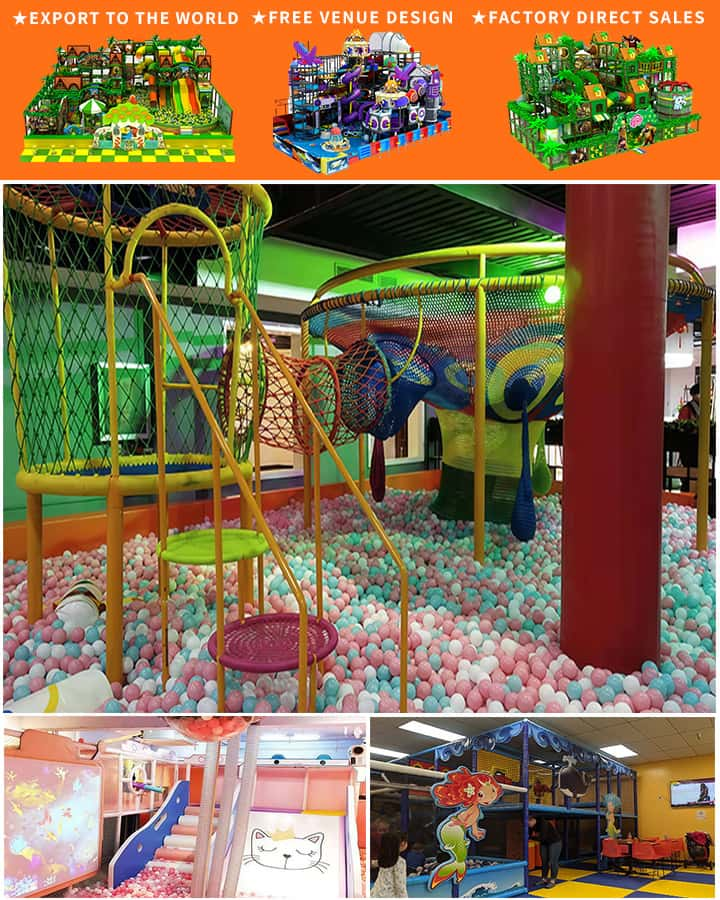In today’s fast-paced world, parents are constantly seeking ways to keep their kids engaged and active. An indoor home playground for kids offers a perfect solution, ensuring that children can play, learn, and stay active regardless of the weather. Here’s how you can design the ultimate indoor playground for your little ones, making it both fun and educational.
The Benefits of an Indoor Home Playground
An indoor home playground is more than just a recreational space; it is a hub for physical activity, creativity, and social interaction. It encourages children to be active, which is essential for healthy development. Additionally, having an indoor play area means that bad weather won’t spoil the fun.
Safety First
Before diving into the creative aspects, safety should be your top priority. Ensure that the space is free from hazards such as sharp edges, electrical outlets, and small objects that could pose choking risks. Use soft mats and padding on the floors and consider installing safety gates if necessary.
Designing the Space
1. Climbing Walls and Slides
A climbing wall or slide can transform a dull room into an exciting adventure zone. These structures promote physical exercise, coordination, and balance. Choose ones with soft materials and rounded edges to minimize injury risks.
2. Trampoline Fun
A mini trampoline provides a fantastic way for kids to burn off energy. Look for options with safety nets to ensure that jumpers stay secure while bouncing around. Trampolines enhance motor skills and improve cardiovascular health.

3. Interactive Toys and Games
Incorporate interactive toys such as building blocks, puzzles, and educational games. These activities not only entertain but also stimulate cognitive development. Consider a dedicated corner where children can engage in quieter pursuits like drawing or reading.
Incorporating Educational Elements
An effective indoor playground should also include elements that promote learning. Here are a few ideas:
1. Chalkboard Wall
A chalkboard wall allows children to express themselves artistically and practice writing skills. It’s also easily erasable, offering endless possibilities for new creations.
2. Alphabet and Number Puzzles
Useful for both playtime and educational purposes, alphabet and number puzzles help young minds grasp basic literacy and numeracy concepts in a fun way.
3. Science Experiment Area
A small section dedicated to simple science experiments can spark curiosity about the world around them. Simple kits that demonstrate basic principles of physics, chemistry, and biology are great starting points.
Maximizing Space Efficiency
Not everyone has a large spare room for a playground, but even smaller spaces can be effectively utilized:
1. Foldable Furniture
Invest in foldable furniture that can be stowed away when not in use, allowing you to repurpose the space for other activities. Foldable play structures are also available and can be tucked away when needed.
2. Multi-Functional Toys
Choose toys that serve multiple purposes, such as storage units that double as seating or climbing frames. This approach keeps the area organized and clutter-free.
3. Vertical Space
Make use of vertical space with shelving units and wall-mounted storage. This keeps the floor area clear and provides easy access to toys and books.
Conclusion
Creating an indoor home playground for kids can be a rewarding project that benefits your children’s physical and mental development. By prioritizing safety, incorporating a mix of physical activities and educational resources, and efficiently utilizing space, you can build a fun and engaging environment right at home. So, why not start planning your ultimate indoor playground today? Your kids will thank you for it!




